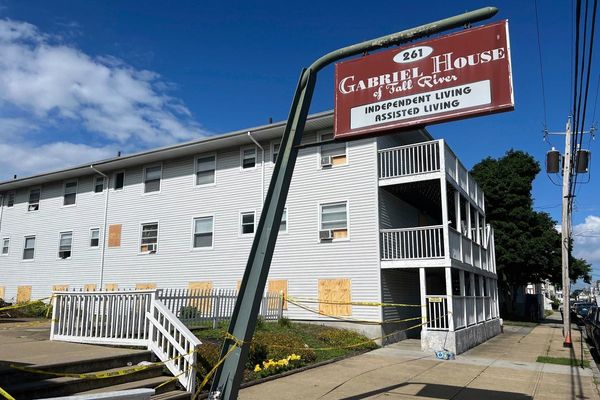
The meeting last week of Brighton and Hove city council was a varied affair: topics ranged from education to the ways net zero can be honoured locally while one member of the public caused a stir by claiming there was an “infiltration” of so-called “extreme gender ideology”. But it was unusually significant, too. Brighton received the go-ahead in principal to find a site for a stadium purpose-built for women’s football.
It is an important moment not just for the club but the women’s game, with Brighton on course to build the first ground in England specifically for a professional women’s team. Since 2018, Brighton have shared Crawley’s Broadfield Stadium, more than 20 miles from the city centre. They have been playing in the Women’s Super League for six seasons, having been a founding member of England’s restructured top tier in 2018-19.
The Labour peer Steve Bassam, who was the council leader in 1999 when it supported a move for Brighton’s men’s team to the Falmer site on which the Amex Stadium opened in 2011, called it an “important statement of support” for the development of the women’s game in the UK. “The vote is historic,” he said. “Other towns and cities will follow as the women’s game becomes increasingly popular. Where Brighton and Hove leads others follow.”
It is a far cry from the early days of the women’s team, founded in 1967 as Brighton GPO (General Post Office), four years before a ban on women’s football was lifted by the Football Association. Success was fleeting with the game still not benefiting from mass support. A highlight came in 1975–76 when Brighton reached the Women’s FA Cup semi-final, though they were beaten 8–1 by the eventual winners, Southampton.
In 1990, they linked up with the men’s club and became founder members of the Premier League in 1991–92, in Division 1 South. Since then they have gone from strength to strength.

Brighton, ninth in the WSL, welcome last season’s runners-up, Manchester United, next Sunday, after the international break. The game is a reminder of the stadium situation facing several WSL clubs: a meetings of two teams forced to host home games at a shared venue.
United play the bulk of their games at Leigh Sports Village, a 12,000-capacity multi-use stadium, though they face the early pacesetters, Manchester City, in the derby at Old Trafford next month.
Two WSL clubs – Leicester and Bristol City – stage all their matches at the same stadium as their male counterparts. Of the other 10, only one – Manchester City – use a purpose-built stadium, shared with the academy. Chelsea share Kingsmeadow with one of the club’s academy teams and the rest share with lower-league or non-league men’s sides, though most use their club’s main stadium at least once a season.

The leader of Brighton and Hove city council, Bella Sankey, believes its decision can act as a catalyst for sustained success for the women’s side and push development for women’s sport. “I’m ecstatic that the council has voted, unanimously, to support Brighton and Hove Albion to bring the women’s team back to Brighton with a purpose-built stadium,” she said.
“We want to set a new standard, building the first women’s football stadium in the country to provide investment and support for our women’s team and to show local girls that their contribution to sport is valued just as much as the boys.
“Just look at the meteoric success of our men’s team once we got Falmer Stadium built, going from near extinction to now playing in Europe. We know that the sky’s the limit for our women’s team if they are given the same opportunities and support.”
Brighton’s men were in the fourth tier and in financial difficulty in the late 1990s. After narrowly avoiding relegation from the Football League in 1997, a takeover saved the club from liquidation. The club moved into the Falmer Stadium after 14 years without a permanent home ground.
Last season, they recorded their highest Premier League finish, sixth, qualifying for European competition for the first time. The council estimated that during the 2022-23 season the club brought £595m to the local economy.
The head coach of the women’s team, Melissa Phillips, said the commitment to a new stadium was vital for their future. “This is another massive first step in our journey back to Brighton and we are excited for what is ahead for this club, community and team,” she said.
“It really emphasises the council’s commitment to the women’s game and the club’s overall ambition towards being a competitive top‑four WSL side.”







